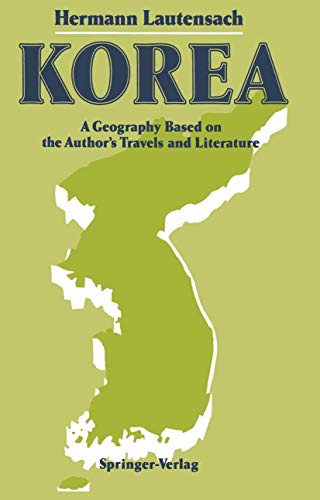Articoli correlati a Korea: A Geography Based on the Author's Travels...

Le informazioni nella sezione "Riassunto" possono far riferimento a edizioni diverse di questo titolo.
Le informazioni nella sezione "Su questo libro" possono far riferimento a edizioni diverse di questo titolo.
- EditoreSpringer-Verlag Berlin and Heidelberg GmbH & Co. K
- Data di pubblicazione1988
- ISBN 10 3540191399
- ISBN 13 9783540191391
- RilegaturaCopertina rigida
- Numero edizione1
- Numero di pagine615
- RedattoreDege Katherine
Compra usato
Condizioni: molto buonoSolid binidng, gently worn at spine... Scopri di più su questo articolo
Spese di spedizione:
GRATIS
In U.S.A.
I migliori risultati di ricerca su AbeBooks
Korea: A Geography Based on the Author?s Travels and Literature
Descrizione libro Hardcover. Condizione: Very Good. Solid binidng, gently worn at spine; Clean, sturdy pictoral boards, corners gently bumped; Pages free of markings; An excellent copy. Codice articolo 293286
KOREA : A GEOGRAPHY BASED ON THE AUTHOR'S TRAVELS AND LITERATURE
Descrizione libro Hardcover. Octavo, xvii, 598 pages. In Very Good condition. Spine is green with black print. Boards in green cloth with black print. Illustrated: b&w maps, plates, large folded color map in rear pocket. 1373283. FP New Rockville Stock. Codice articolo 1373283

